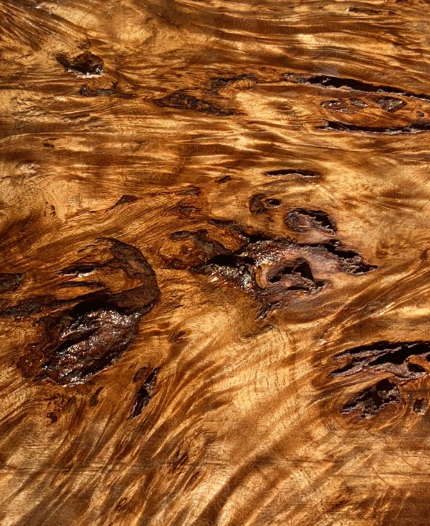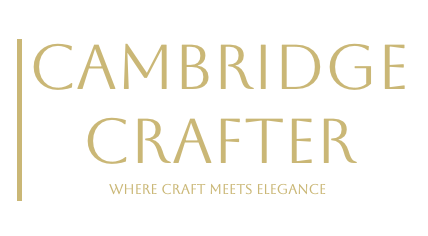
Cottonwood Burl
Cottonwood Burl typically comes from trees in the Populus genus, such as the Eastern Cottonwood (Populus deltoides), Black Cottonwood (Populus trichocarpa), or Plains Cottonwood (Populus sargentii), native to North America. These fast-growing deciduous trees are found across the United States, often near rivers, floodplains, or moist lowlands, reaching heights of 50–100 feet with trunk diameters of 3–6 feet. The burl, a rare growth deformity, usually forms on the trunk or branches, prized for its unique figuring.
The heartwood of Cottonwood Burl is typically a pale yellowish-brown to light greyish-brown, often with irregular streaks of darker brown, grey, or even faint reddish hues due to spalting or mineral staining. The sapwood is nearly white, blending subtly into the heartwood. The grain is highly irregular, featuring tight swirls, knots, and burl eyes that create a chaotic, almost marbled pattern, with a fine to medium texture and a low natural lustre. The figuring can include dramatic curls or quilted patterns, making each piece visually unique.
Cottonwood Burl has a density of around 350–450 kg/m³, making it a soft and lightweight hardwood, less dense than many other burls like maple or oak. This softness makes it prone to denting and requires careful drying to prevent cracking or warping, as it can be unstable due to its high moisture content when fresh. It’s not particularly durable, with poor resistance to decay and insects, so it’s best suited for indoor decorative uses unless stabilised with resin, a common practice for burls used in high-wear applications.
When worked, Cottonwood Burl has a mild, slightly sweet scent, typical of the Populus genus, with no strong aroma. It’s easy to work with due to its softness, cutting, carving, and turning well, though its irregular grain can cause tearout if tools aren’t sharp. It glues and finishes effectively, often taking on a warm glow with oil-based finishes, and its light colour makes it a good candidate for staining to enhance its figuring.
In the UK, Cottonwood Burl is often used for decorative veneer, small turned objects like bowls or pens, and knife handles, especially when stabilised. Its unique patterns make it ideal for artistic pieces or inlays, where its natural imperfections can be highlighted with epoxy or left as a rustic feature. Cottonwood Burl is not listed on CITES or the IUCN Red List, as cottonwood species are widespread and fast-growing, but burls are relatively rare, making them moderately expensive. Its affordability compared to other burls, combined with its distinctive appearance, makes it a popular choice for craftsmen seeking a balance of beauty and workability.
